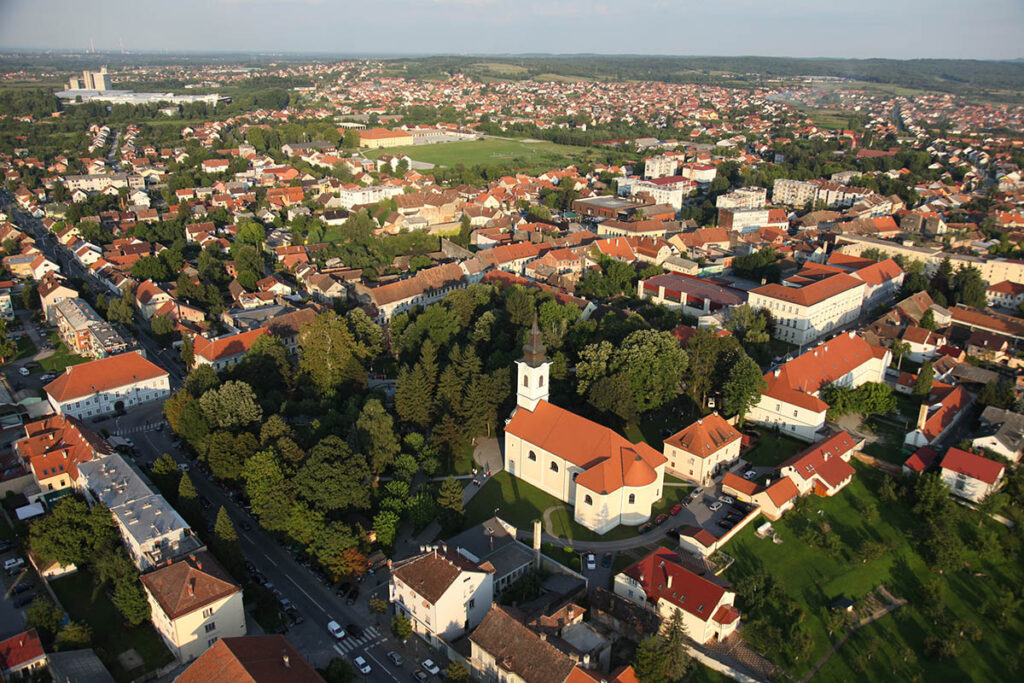
The project of urban regeneration in Petrinja after the earthquake is conducted by the urban planning research and consulting company Urbanex (Croatia), the architectural and design company KCAP (Switzerland/Netherlands) and the SOLIDARNA Foundation in cooperation with the Zamah Foundation. The project is being implemented in cooperation with the European Bank for Reconstruction and Development (EBRD) and with financing from the Japanese government through the Japan-EBRD Economic Fund (JECT). The project was developed to support the Petrinja City Administration in post-earthquake reconstruction and rehabilitation measures.
The project aims to provide recommendations for sustainable development and comprehensive urban renewal of the City of Petrinja and to develop a complete architectural-urban project for the renewal of a selected piece of land in the center of the city. The content of this plot will be shaped according to the needs of the local community. The overall goal of the project is to determine the possibilities and best practices of urban reconstruction after the earthquake by integrating international examples of post-earthquake reconstruction and community engagement into the Petrinja pilot project. In the implementation of the project, experts are providing strategic services that further inclusive and sustainable initiatives of urban regeneration in the affected area. The project is an opportunity for Petrinja to recognize and accept opportunities arising from the recovery and reconstruction of the affected area, guided by the Build Back Better agenda.
Community engagement
The SOLIDARNA Foundation, in cooperation with the Zamah Foundation, wants to hear reflections on the needs of the community directly from residents and members of the business, public, and civil sectors. These perspectives will be gathered through a series of direct activities with residents, beginning with surveys administered during public presentations. The goal of direct engagement with the community is to develop concrete proposals that will contribute to the recovery of the community, residents’ quality of life, and the reconstruction of public spaces in Petrinja. Architectural and urban planning experts will implement these suggestions in the final proposal for the reconstruction of a selected micro-location.
We have already carried out a large-scale mapping and analysis of the key actors who were (and still are) involved in the relief, reconstruction, and recovery of the earthquake-affected area. We have also mapped the existing volunteer and philanthropic resources in the community in order to promote community preparedness in the event of future natural disasters and other possible challenges and/or opportunities.
As part of the project, the local community will hold public forums, focus groups, conversations, and presentations to gather thoughts about the current needs of the local community and ideas about the desirable direction of Petrinja’s development. We are interested in participants’ thoughts about life in Petrinja before and after the earthquake, the key challenges of life in Petrinja after the earthquake, and the needs and development opportunities arising from the reconstruction of Petrinja.
Research results, as well as analyses, recommendations, and existing risks, will be publicly available and presented in the form of written documents. Anonymity of all participants will be preserved.
The project is based on applied research, in which the views of participants will help the architectural-urban planning team develop various scenarios for the short-term and long-term development of Petrinja and create an action plan for the urban renewal of the city and one selected micro-location. Participant contribution is highly valuable and will provide a key guideline in creating scenarios for Petrinja’s future.